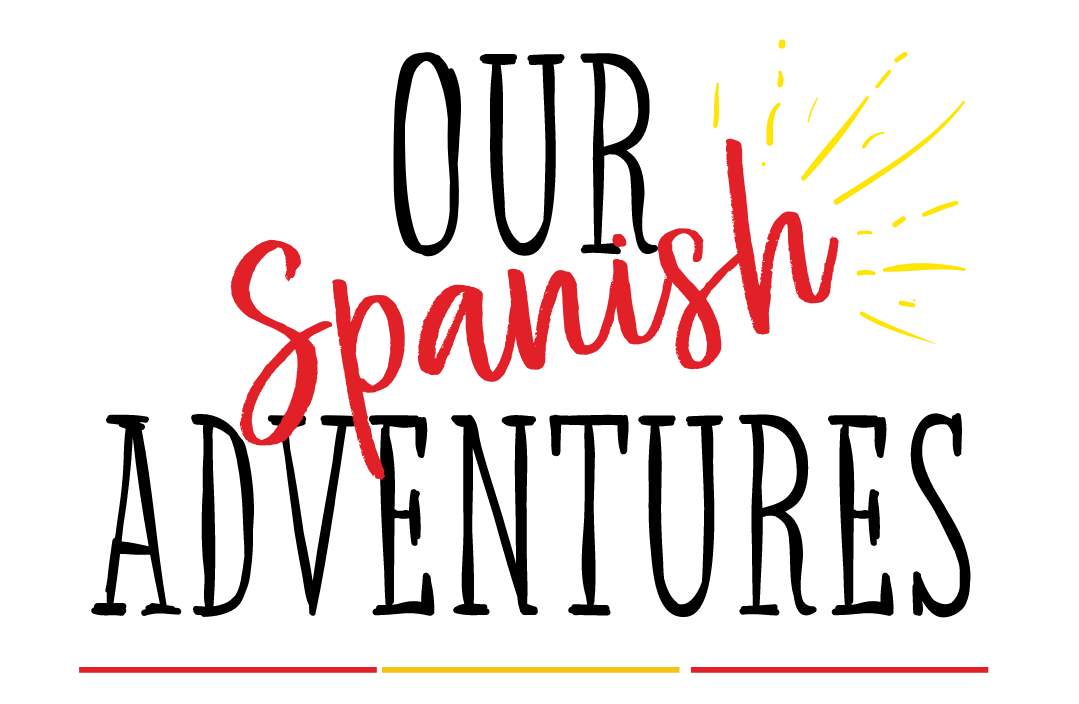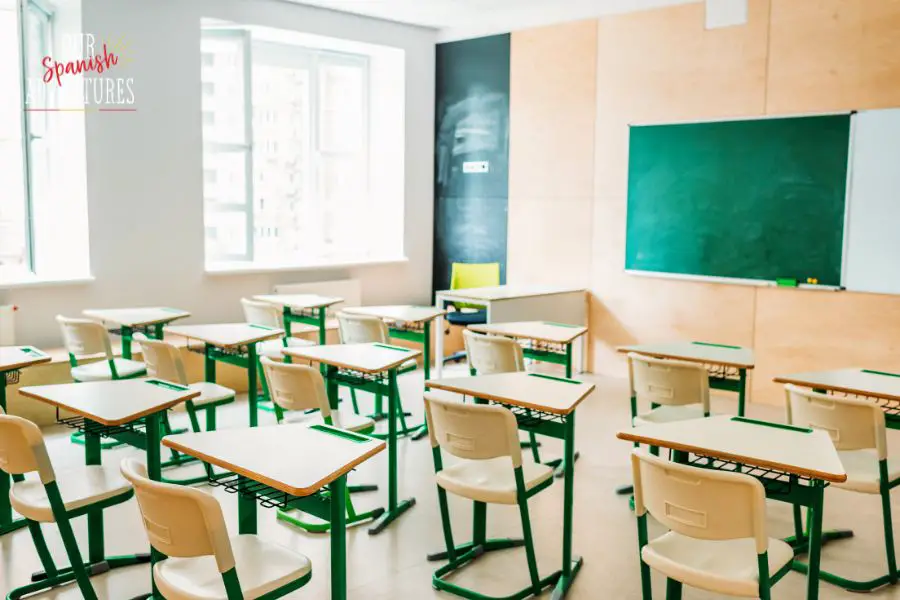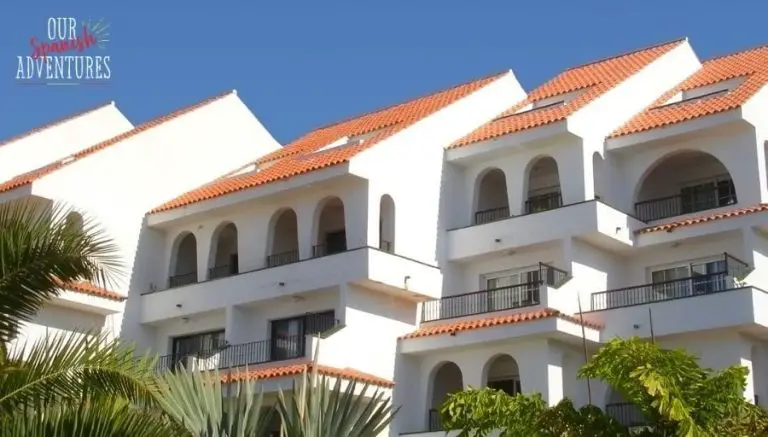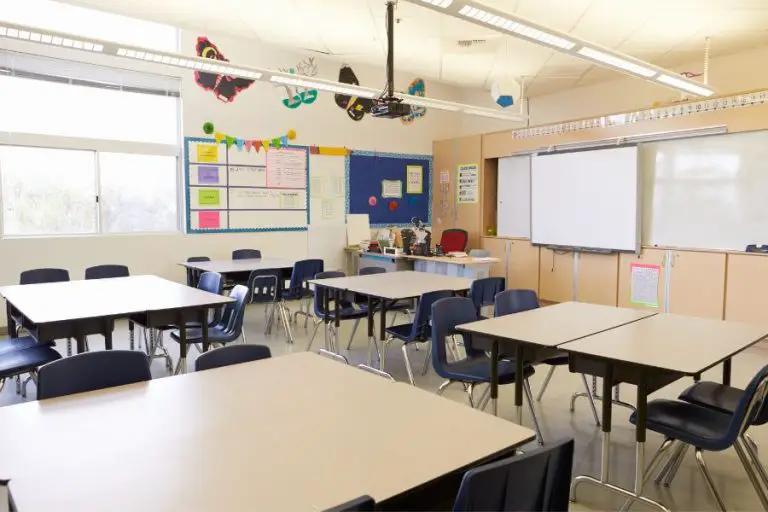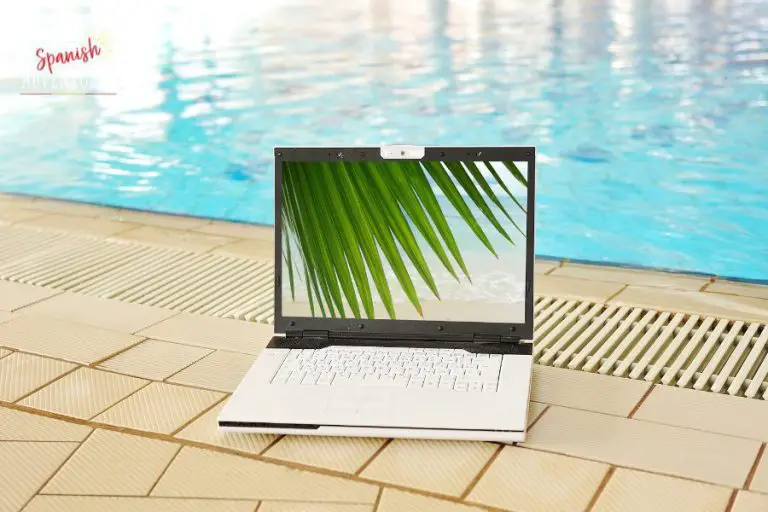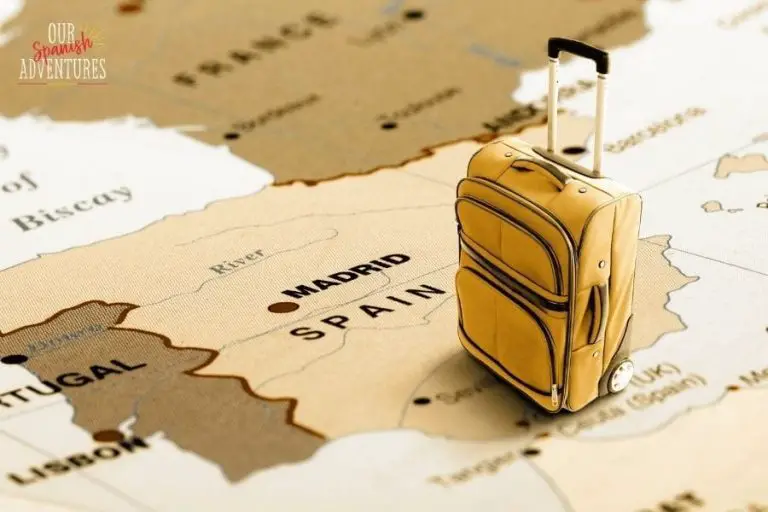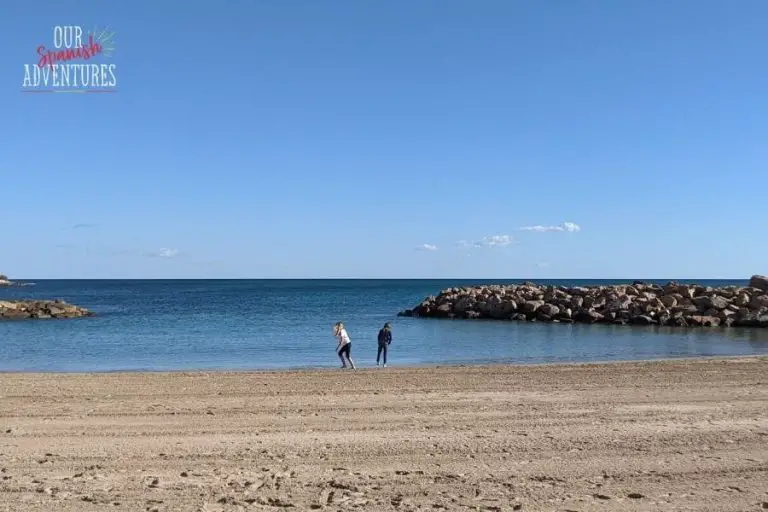The Spanish school system explained
If you’re a family planning on moving to Spain with children, then we guess the question about what to do about schools will probably be one of your biggest concerns. It was definitely one of ours when we started talking about moving to Spain permanently.
Trying to get your head around the Spanish school system can be confusing, especially if you don’t yet speak Spanish. We also found there seems to be a lack of information online from schools and there’s nothing like Ofsted reports in the UK to check out the quality of schools in a certain area.
In the end we put our then 8 year old daughter into our local Spanish speaking school and everything was fine! So believe us when we say it will all work out ok, you just need to do some research beforehand.
To give you a hand in understanding how school works in Spain, we’ve pulled together some information to explain the Spanish school system and hopefully cover everything you need to know before you pick a school in Spain for your children.
We also have a blog post with answers to the most common questions about school in Spain which you may also find helpful.
Education in Spain
By law, all children living in Spain between the ages of 6 and 16 years must receive an education.
The school year your child goes into is based on the year of their birth, so for example all children born in 2015 would be in the same year at school – unlike in the UK where it runs from 1st September to 31st August.
The quality of education in Spain isn’t as high as in the UK but is improving year on year. The OECD (Organisation for Economic Co-operation and Development) surveyed 15 year olds across 70 countries and Spain’s performance in mathematics, science, and reading was above average.
The Ministerio de Educación, Cultura y Deporte (Ministry of Education, Culture and Sport) is responsible overall for education in Spain, however the 17 autonomous regions mostly make their own decisions regarding the education system within their region.
Types of schools in Spain
Most Spanish children will attend their local state school which is free from pre-school up to 18 years of age, though parents may be asked to pay for books, materials, lunch and any extra-curricular activities. Whilst state schools will teach mainly in Spanish (or the local language), foreign children are welcome to attend.
However, many expat families who move to Spain prefer to put their children in an international school as the UK curriculum is taught and all lessons will be given in English. If you don’t plan to stay in Spain long-term this may be a good option, however it is obviously quite expensive.
There are pros and cons for both but at the end of the day the type of school you choose will be down to your personal preference and situation.
Home schooling in Spain isn’t forbidden, however it isn’t a very popular choice and there is a bit of a grey area in some regions about whether it is allowed or not. If you want to homeschool in Spain it’s a good idea to contact your local education authority first.
How to choose a state school in Spain
Schools in Spain are usually allocated based on where you live, so this is something you need to consider before you choose an area to move to. If you move to a busy town or city, your child will likely end up in a large school with lots of children. If you want them to attend a smaller school then you would be better off picking a small village to move to.
You can choose a school outside your local area but you will only be given a place if there are any left after all the children within the area have been allocated places.
In certain areas of Spain, lessons will be taught the co-official language of the region, so this could mean that some or all subjects could be taught in Catalan (in Catalonia), Gallego (in Galicia), Valencian (in Valencia) or Basque (in the Basque country) as well as or instead of in Castellano (Spanish). This is something worth checking before picking a school and an area to move to as another language can make things even more difficult.
Unless you live in an area where the local school has a lot of expat children, don’t expect the teachers to speak much English. This is an important consideration when it comes to school meetings and discussing your child’s progress with their teacher.
Spanish school structure
The Spanish school system is divided into four stages and education in Spain is compulsory for all children between the ages of 6 and 16 years.
- Nursery & preschool (infantil) – optional
- Primary (primaria) – compulsory
- Compulsory secondary education (educación secundaria obligatoria or ESO) – compulsory
- Upper secondary education (bachillerato) – optional
Primary education in Spain
Primary (primaria) education in Spain is compulsory and lasts for 6 years, from the ages of 6 to 12 years.
Children start primary school in Spain in the calendar year that they turn 6. There are three two-year cycles, made up of:
- Primer ciclo – 6–8 years
- Segundo ciclo – 8–10 years
- Tercer ciclo – 10–12 years
The curriculum includes Spanish language and literature (and the language and literature of the autonomous region if applicable such as Valencian or Catalan), mathematics, natural and social sciences (history, geography, biology), art & music, a foreign language (usually English), and physical education. Religious Education is optional in Spanish schools and you will be able to choose whether or not your child attends when you enroll them in the school. Learning at school in Spain is often the traditional rote-learning model from books and fact learning with regular tests.
Grades given to children at school in Spain are:
- Insufficient (IN) – insufficient
- Suficiente (SU) – sufficient
- Bien (BI) – good
- Notable (NT) – very good
- Sobresaliente (SB) – outstanding
If children haven’t reached a satisfactory level (sufficient or higher) at the end of the school year, they may sometimes have to repeat the year again before they can move on to the next stage.
Secondary education in Spain
After primary school, students attend compulsory secondary education (Educación Secundaria Obligatoria – ESO) from the ages of 12 to 16 years.
ESO is divided into two cycles, from 12 to 14 years and from 14 to 16 years. Both cycles have core compulsory subjects including Spanish language and literature (and the language and literature of the autonomous region if applicable), mathematics, history, geography, a foreign language (usually English), and physical education. There are also optional subjects available to students including music, technology, a second foreign language, and social/moral studies.
Students are assessed regularly at high school in Spain and may have to repeat a year if they don’t reach the expected level, however secondary students cannot repeat a year more than twice.
Once the four years have been completed to the expected standards, students will be awarded a Graduate of Secondary Education Certificate (Graduado en Educación Secundaria).
Compulsory education in Spain ends at the end of ESO, after which students can choose to study for the bachillerato (similar to A levels), undertake intermediate vocational training (formación profesional, or Ciclos Formativos) which will be geared towards a specific job, or finish their education completely.
Help for foreign students
Education authorities in Spain have an obligation to help foreign students integrate into the Spanish school system and must provide specific programs for this. This may involve being taken out of some lessons for individual Spanish tuition, or children may be put into a younger class for Spanish lessons until they reach the expected level.
Special needs schools in Spain
Some mainstream state schools have units for special needs children, or in some areas they may have to attend specialist special needs schools. It is worth getting in touch with the local education authority if this is something you will need.
If you have a child with special needs, it’s important to get any documentation from their school in the UK translated into Spanish.
School holidays in Spain
The Spanish school year runs from the middle of September through to the middle of June, with three terms of about 11 weeks each. The exact dates may vary by region and type of school.
There are no half term holidays in Spain, though schools here do have some of the longest school holidays in Europe! Days off for numerous local and national festivals make up for the lack of half-term with at least one extra day off most months.
Children will usually have two weeks Christmas holiday, two weeks Easter holiday, and around 12 weeks off over the summer.
The Spanish school day
The school day in Spain will vary in different regions and there can be quite a difference in the length of the day.
For example, many schools in Spain will start at 9am and finish at noon for lunch, before starting again at 3pm until 5pm. Children can usually either go home for the long lunch break or stay at school for dinner or packed lunch.
However, in our region in Alicante province the school day runs from 9am to 2pm with a short 30-minute snack break at around 11. Our schools also have a slightly shorter day in September and June, starting at 9am and finishing at 1pm due to the heat.
Secondary school hours tend to be longer, with most schools starting at around 8am but still finishing around 2pm. If no comedor (cafeteria) is provided at the school, children may be expected to return home for the lunch break.
As this varies so much, it’s a good idea to ask these questions of schools in your chosen area before you move over, especially if you will be working around school hours.
School fees in Spain
The fees for school in Spain will vary depending on your region as well as the type of school your child attends.
Public schools are free, with only money for books and materials needed.
Find out more information on how much school in Spain costs here.
We hope that this has answered some of your questions on the Spanish school system.
Before you decide on a school in Spain for your children you will probably have a lot more questions. We would recommend emailing schools in your chosen area with any questions you have, and maybe even booking a time to go and see the school for yourself.

